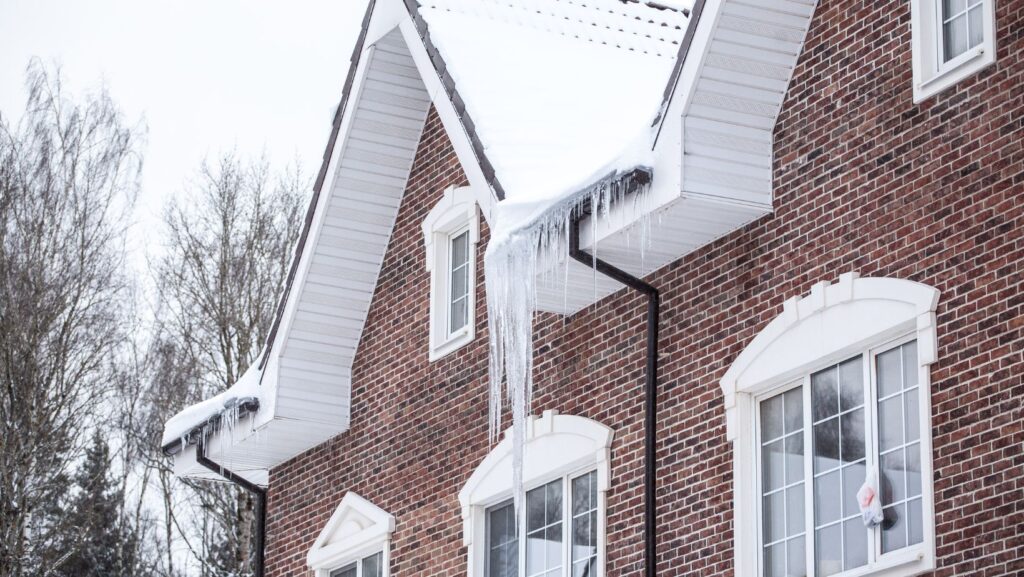When homeowners consider scheduling roofing projects, many overlook how seasonal factors can directly influence the availability and timing of a roofer’s work. Winter, in particular, presents unique challenges that can affect both the schedule and the quality of work being performed. While it’s tempting to assume that roofing stops entirely in the colder months, the reality is more nuanced. We will explore how winter weather impacts roofing timelines, contractor availability, and what homeowners should expect if they plan work during the year’s coldest season. Understanding these dynamics allows you to prepare for potential delays and make informed decisions about your roofing needs.
Preparing for Roofing Work in Winter
Weather-Related Delays and Limitations
One of the primary ways winter weather affects a roofer’s schedule is through delays caused by snow, ice, and freezing temperatures. Cold weather can prevent certain roofing materials from adhering properly or becoming pliable enough for safe installation. For example, asphalt shingles require specific temperature ranges to seal effectively, and adhesives may not bond correctly in freezing conditions. In addition to temperature concerns, snow accumulation and icy surfaces make rooftops hazardous, risking worker safety and increasing the likelihood of postponements. 
Even on days without precipitation, frigid winds can make conditions unsafe for crews handling heavy materials at height. For homeowners needing urgent repairs or replacements, these weather-driven delays can stretch projects longer than anticipated. Roofing companies must balance project demands with the safety and feasibility of working in harsh conditions. New Standard Restoration, LLC provides guidance on managing roofing needs during winter and understanding realistic window scheduling for those seeking reliable service.
Shorter Workdays and Reduced Productivity
Another factor influenced by winter weather is the workday length available to roofing crews. In many regions, daylight hours are significantly shorter in winter, reducing the time teams can safely work each day. This limitation means projects that might have been completed within a few days during summer could take longer due to restricted daily progress. Additionally, freezing temperatures in the morning can delay the start of work until conditions warm slightly, further compressing available work hours. These constraints affect speed and impact scheduling for multiple projects, forcing contractors to stagger timelines or prioritize emergency repairs over planned installations. Homeowners should be prepared for longer project durations and potential rescheduling if conditions deteriorate unexpectedly. While some types of roofing materials and techniques can still be used in winter, not all projects are suited for cold-weather installation, so consulting with your contractor early can help determine feasibility.
Material Handling and Storage Challenges
Winter weather also creates logistical challenges when handling and storing roofing materials. Many materials are sensitive to cold temperatures and must be stored in temperature-controlled environments to maintain their integrity. If shingles, underlayment, or adhesives are left exposed to freezing conditions, they may become brittle or lose effectiveness, potentially compromising the finished roof. Roofing crews must take extra precautions to transport and stage materials properly, often requiring heated storage or special handling techniques on-site. These added complexities can contribute to higher costs or longer lead times, as contractors must coordinate logistics more carefully than in warmer months. Homeowners planning winter roofing should discuss material readiness and storage plans with their contractor to avoid surprises. Factoring in these additional logistical hurdles ensures the project remains on track and maintains the desired quality standards.
Choosing to schedule roofing work during the winter comes with its considerations, but with careful planning, it’s still possible to achieve successful outcomes. Understanding how weather impacts material performance, worker safety, and daily progress allows homeowners to approach winter projects with realistic expectations. By working closely with a reputable contractor and allowing flexibility in your timeline, you can navigate the unique challenges that winter presents without compromising the quality of your roof. Ultimately, winter may not be the most straightforward time for roofing work, but it doesn’t have to be impossible. With the right preparation and communication, your roofing project can be completed safely and effectively, regardless of the season.
